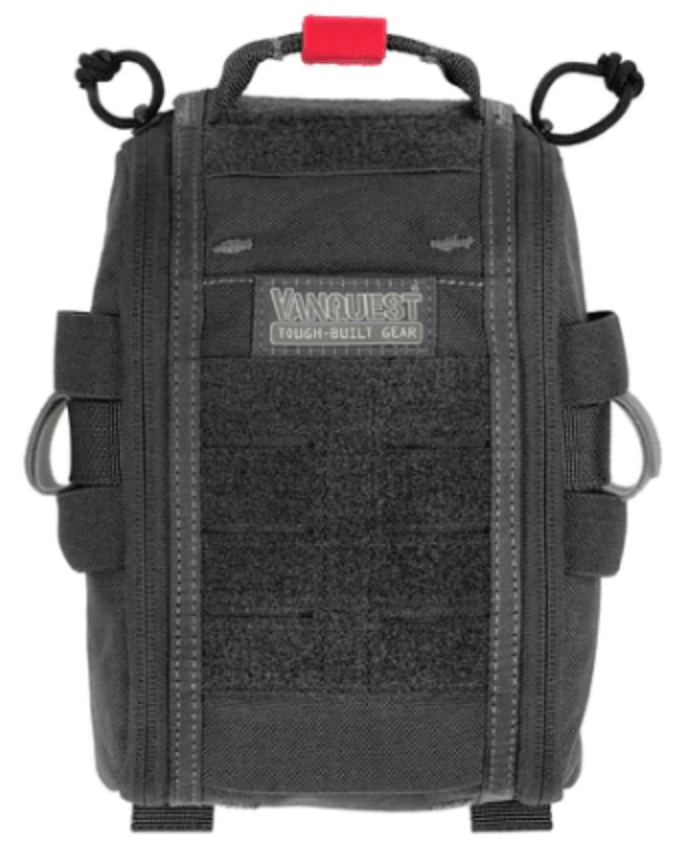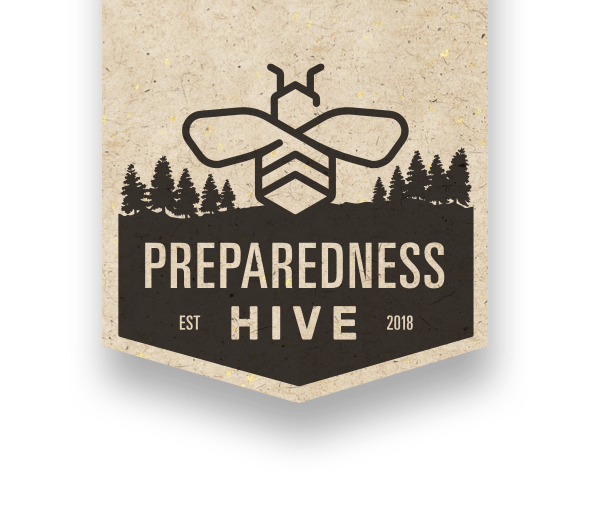Basic first-aid is a fairly simple skill set everyone should have in their toolbelt. You don’t need to learn how to handle an active shooter situation, or even how to use a full trauma kit, but you should at least learn how to appropriately respond if you or someone near you is injured or unresponsive. We recommend everyone take a first-aid course at your local Red Cross facility for starters. These typically run about $60-80 and will give you the necessary knowledge to respond when needed. Hands-on experience with CPR, wound cleaning/dressing and a variety of first-aid supplies are all part of the training.
Essentials:
medical
Disclaimer: All content and media in this guide is created and published for informational purposes only. It is not intended to be a substitute for professional medical advice and should not be relied on as health or personal advice. Always seek the guidance of your doctor or other qualified health professional with any questions you may have regarding your health or a medical condition. Never disregard the advice of a medical professional, or delay in seeking it because of something you have read in this guide. If you think you may have a medical emergency, call your doctor, go to the nearest hospital emergency department, or call the emergency services immediately. If you choose to rely on any information provided within, you do so solely at your own risk.
Mindset is crucial here as well. The absolute worst thing you can do when someone gets injured is to freak out and lose your ability to take action, especially when there’s blood in the equation. One thing that can help you to stay calm and gauge the severity of a particular wound, at least with regards to blood loss, is to weigh the amount you see against a pint of milk. Yes, this may sound extremely strange, but remember that we voluntarily give a pint of our blood when we donate, and we go about our day with a little lightheadedness at most. If you imagine dumping an entire pint of milk on your floor, that would make quite a puddle… see the point I’m making here? Your goal in most situations is to simply stop the bleeding, and with appropriate action this can usually be done pretty quickly.
essential supplies
Medical supplies can be a rather touchy subject for a lot of people, mainly because we live under the reality that anything could happen at any moment, so it’s a matter of opinion on what is deemed essential. You can’t realistically prepare for everything, especially if you’re in the early stages of your preparedness journey. So, as we’ve said before, just start small and allow your supplies to grow over time. The only
Basic First-Aid Kit
It doesn’t have to be anything comprehensive yet, just make sure it’s adequate for the size of your family, and will cover most of the common injuries. There are a number of first-aid kits pre-assembled and ready to purchase just about anywhere, but before you go purchasing any please understand that most of them are full of items you’ll likely never use. If you’d like to purchase a kit rather than putting one together yourself, we recommend the following:
- Medical Gear Outfitters First Aid Kit – As a fellow preparedness guy and SWAT EMS, Dietrich with Medical Gear Outfitters knows his stuff. He’s put together some great kits of all sizes for a variety of purposes, so take a look here as one of your first considerations.
- Surviveware Small First Aid Kit – For a low cost and versatile option, we’ve used this kit in our vehicles for years and have had great success with its overall durability.
Whichever you choose, we’ve found the following additional items to be extremely useful as part of our kits as well: a GEN 7 Combat Application Tourniquet (CAT) (this item is ESSENTIAL! And please purchase this from Medical Gear Outfitters as the ones on Amazon are typically knock-offs), moleskin, additional sterile gauze pads, iodine wipes (for children – doesn’t burn like alcohol), burn gel, a few travel packs each of aspirin, tylenol and ibuprofen, butterfly bandages and replacement tweezers.
First-Aid / CPR Certification
The hands-on aspect of an in-person training is recommended, but Red Cross offers online certifications to make this that much easier. Having a fundamental understanding of how to respond in a potentially chaotic situation with injured people is invaluable.

Medical Gear Outfitters First Aid Kit

Surviveware Small First Aid Kit

